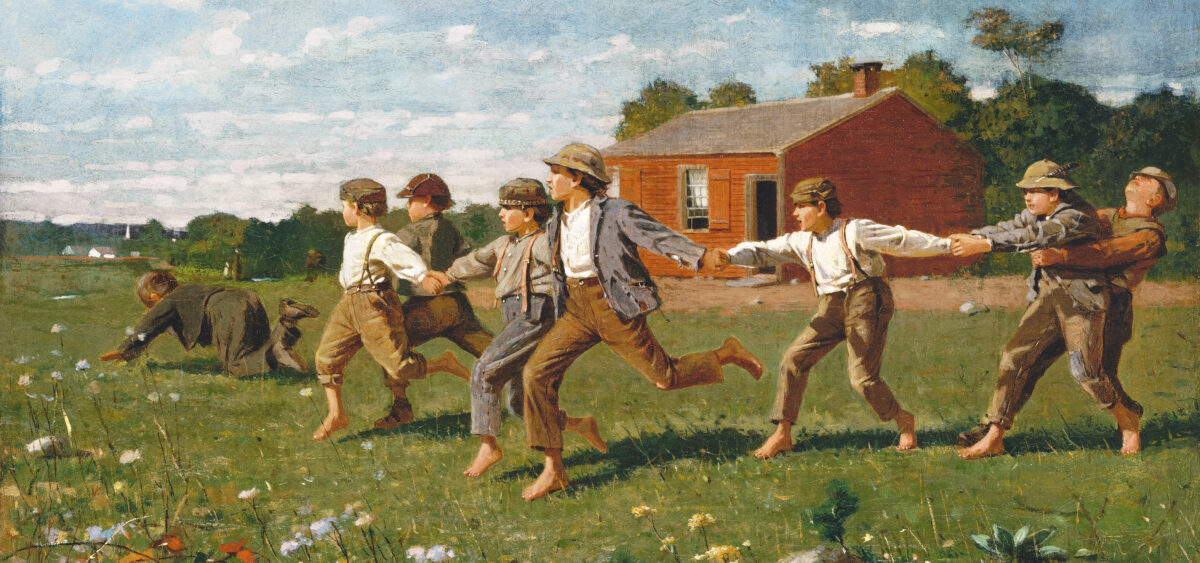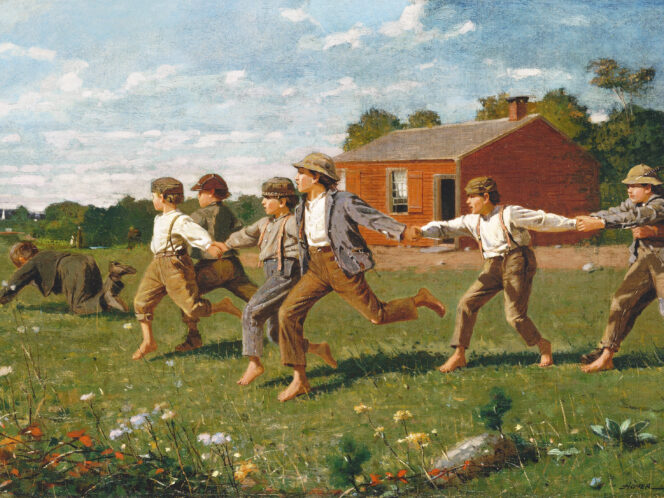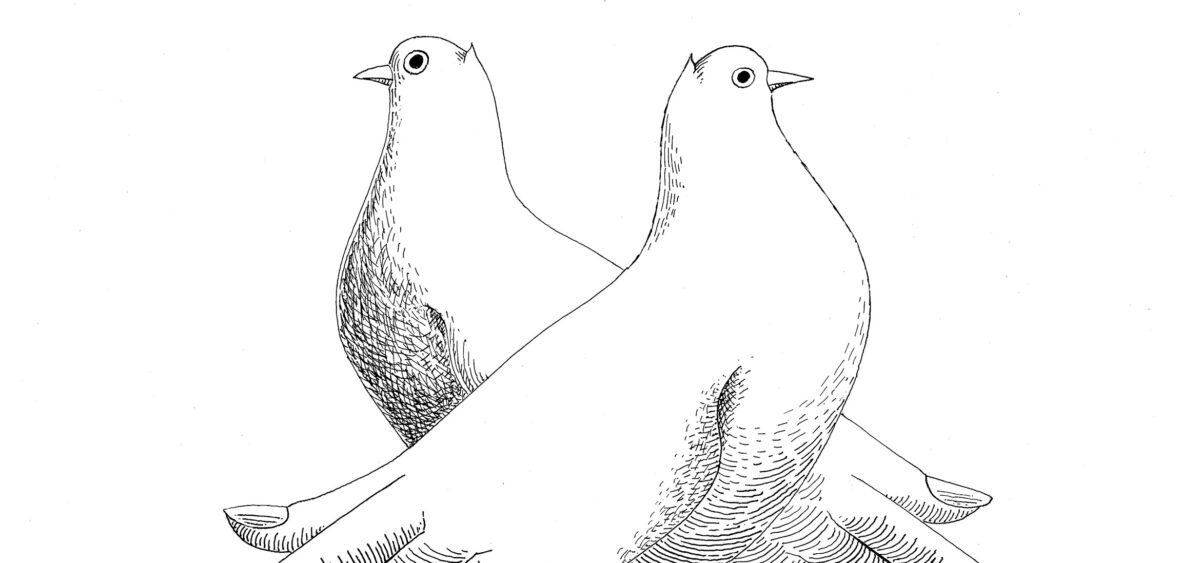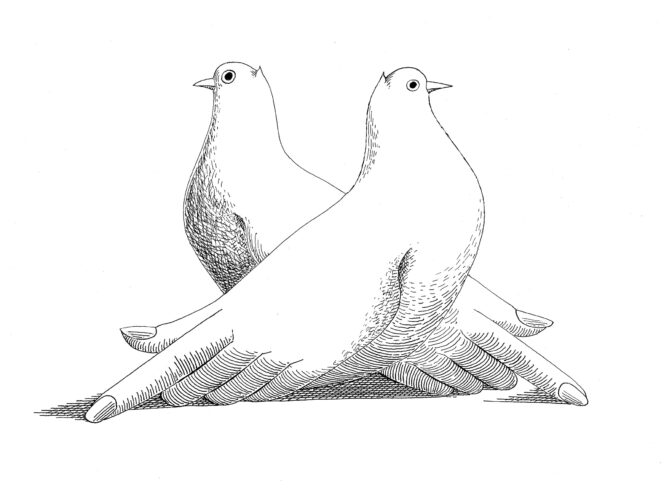
Just like every year, the Temple Mount in Jerusalem was filled with adults. But that day, the children from the Kingdom of Peace allowed them to come close to the ancient relics for which so many of their grown-up ancestors had senselessly spilled blood.
The rules are strict. We come in barefoot, like the participants in the Children’s Crusade in the 13th century, who under the leadership of the inspired young prophet Nicholas of Cologne, reached Jerusalem, and – changing the course of the history of the Near East – founded the Kingdom of Peace there. In addition to our shoes,








